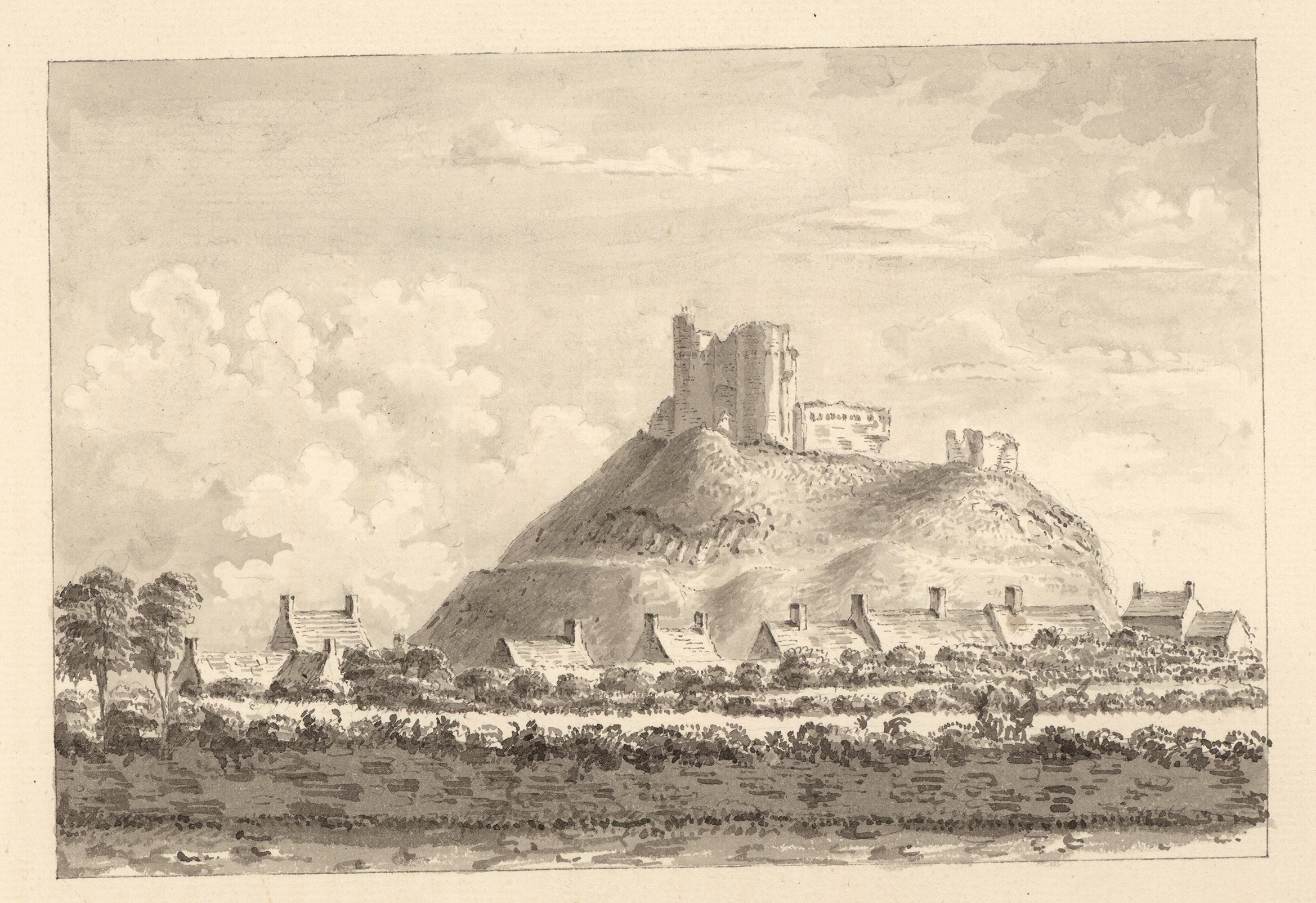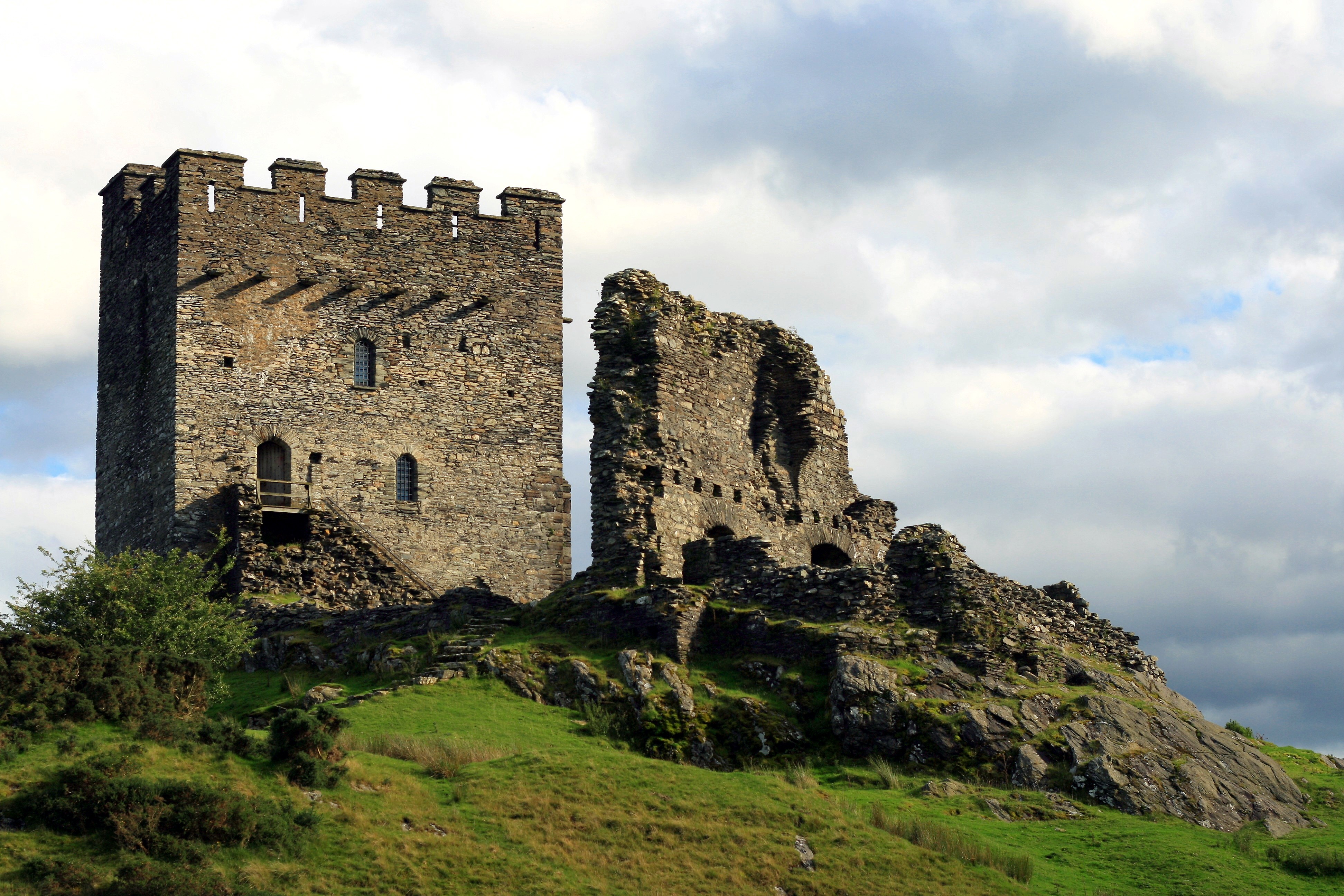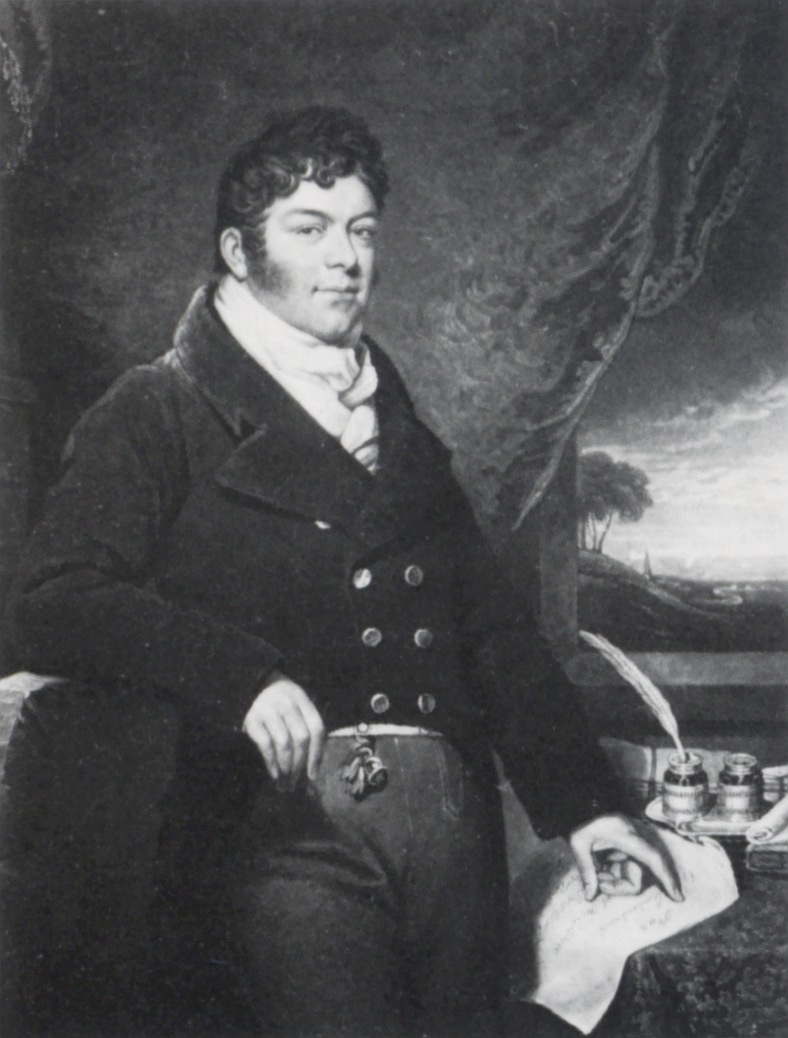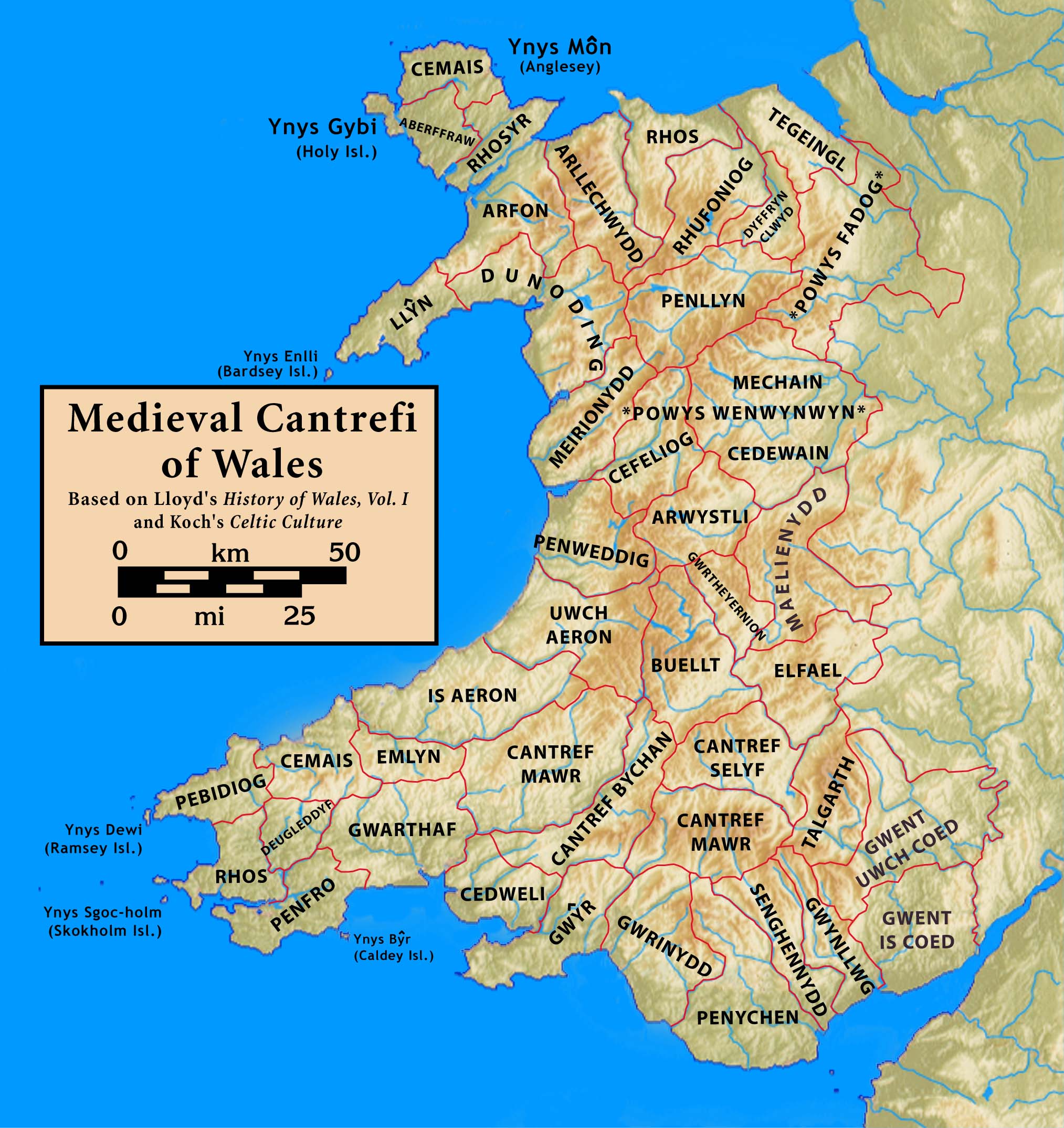|
Criccieth
Criccieth ( cy, Criccieth ) is a town and community on the Llŷn Peninsula in the Eifionydd area of Gwynedd in Wales. The town lies west of Porthmadog, east of Pwllheli and south of Caernarfon. It had a population of 1,826 in 2001, reducing to 1,753 at the 2011 census. The town is a seaside resort, popular with families. Attractions include the ruins of '' Criccieth Castle'', which have extensive views over the town and surrounding countryside. Nearby on ''Ffordd Castell'' (Castle Way) is '' Cadwalader's Ice Cream Parlour'', opened in 1927, whilst ''Stryd Fawr'' (High Street) has several bistro-style restaurants. In the centre lies ''Y Maes'' ("The Field", or town square), part of the original medieval town common.Eira and James Gleasure, ''Criccieth : A Heritage Walk'', 2003Cymdeithas Hanes Eifionydd, Wales, 28 pages The town is noted for its fairs, held on 23 May and 29 June every year, when large numbers of people visit the fairground and the market which spreads thro ... [...More Info...] [...Related Items...] OR: [Wikipedia] [Google] [Baidu] |
Criccieth Castle
Criccieth Castle ( cy, Castell Cricieth; ) is a native Welsh castle situated on the headland between two beaches in Criccieth, Gwynedd, in North Wales, on a rocky peninsula overlooking Tremadog Bay. It was built by Llywelyn the Great of the kingdom of Gwynedd, but was heavily modified following its capture by English forces of Edward I in the late 13th century. Construction The stone castle had first been built in the 1230s, there were three main building phases plus several periods of remodelling. The earliest part of the masonry castle is the inner ward which was started by Llywelyn the Great. Unlike most other Welsh native strongholds, the inner ward at Criccieth was protected by a gatehouse with twin D-shaped towers that was protected by a gate and portcullis, with murder holes in the passage, and outward facing arrowslits in each tower. Archaeologist Laurence Keen suggested that Criccieth's gatehouse was based on the design of those at Beeston Castle in Cheshire, which ... [...More Info...] [...Related Items...] OR: [Wikipedia] [Google] [Baidu] |
Llŷn Peninsula
The Llŷn Peninsula ( cy, Penrhyn Llŷn or , ) extends into the Irish Sea from North West Wales, south west of the Isle of Anglesey. It is part of the historic county of Caernarfonshire, and historic region and local authority area of Gwynedd. Much of the eastern part of the peninsula, around Criccieth, may be regarded as part of Eifionydd rather than Llŷn, although the boundary is somewhat vague. The area of Llŷn is about , and its population is at least 20,000. Historically, the peninsula was travelled by pilgrims en route to Bardsey Island (Welsh: ''Ynys Enlli''), and its relative isolation has helped to conserve the Welsh language and culture, for which the locality is now famous. This perceived remoteness from urban life has lent the area an unspoilt image which has made Llŷn a popular destination for both tourists and holiday home owners. Holiday homes remain contentious among locals, many of whom are priced out of the housing market by incomers. From the 1970s to ... [...More Info...] [...Related Items...] OR: [Wikipedia] [Google] [Baidu] |
Cadwalader's Ice Cream
Cadwaladers is a family run chain of cafes that originated in Gwynedd, Wales. The original ice cream parlour was introduced by husband and wife David and Hannah Cadwalader in 1927 in Criccieth and was originally run as a general store. The business was passed onto one of their children, Dafydd, who changed the emphasis of the store and removed fish from sale. He sold, from the end of World War II, vanilla ice cream that Hannah Cadwalader developed. The vanilla ice cream was made on the premises with a secret recipe, which is no longer used. The tagline of the vanilla ice cream was six lbs of "shan't tell you" and "a great deal of love and care." After Dafydd Cadwalader died in 1983, Cadwalader's was bought by a family of Welsh entrepreneurs, The Andrews Family who also own Castle Leisure. The owners expanded the business to cover North Wales and Cardiff. Today, Cadwalader's stores can be found in Wales at Betws-y-Coed, Barry Island, Criccieth, Porthmadog, Tenby and three stor ... [...More Info...] [...Related Items...] OR: [Wikipedia] [Google] [Baidu] |
Llywelyn The Great
Llywelyn the Great ( cy, Llywelyn Fawr, ; full name Llywelyn mab Iorwerth; c. 117311 April 1240) was a King of Gwynedd in north Wales and eventually " Prince of the Welsh" (in 1228) and "Prince of Wales" (in 1240). By a combination of war and diplomacy he dominated Wales for 45 years. During Llywelyn's childhood, Gwynedd was ruled by two of his uncles, who split the kingdom between them, following the death of Llywelyn's grandfather, Owain Gwynedd, in 1170. Llywelyn had a strong claim to be the legitimate ruler and began a campaign to win power at an early age. He was sole ruler of Gwynedd by 1200 and made a treaty with King John of England that year. Llywelyn's relations with John remained good for the next ten years. He married John's natural daughter Joan in 1205, and when John arrested Gwenwynwyn of Powys in 1208, Llywelyn took the opportunity to annex southern Powys. In 1210, relations deteriorated, and John invaded Gwynedd in 1211. Llywelyn was forced to seek terms and to ... [...More Info...] [...Related Items...] OR: [Wikipedia] [Google] [Baidu] |
Llewelyn The Great
Llywelyn the Great ( cy, Llywelyn Fawr, ; full name Llywelyn mab Iorwerth; c. 117311 April 1240) was a King of Gwynedd in north Wales and eventually " Prince of the Welsh" (in 1228) and "Prince of Wales" (in 1240). By a combination of war and diplomacy he dominated Wales for 45 years. During Llywelyn's childhood, Gwynedd was ruled by two of his uncles, who split the kingdom between them, following the death of Llywelyn's grandfather, Owain Gwynedd, in 1170. Llywelyn had a strong claim to be the legitimate ruler and began a campaign to win power at an early age. He was sole ruler of Gwynedd by 1200 and made a treaty with King John of England that year. Llywelyn's relations with John remained good for the next ten years. He married John's natural daughter Joan in 1205, and when John arrested Gwenwynwyn of Powys in 1208, Llywelyn took the opportunity to annex southern Powys. In 1210, relations deteriorated, and John invaded Gwynedd in 1211. Llywelyn was forced to seek terms and ... [...More Info...] [...Related Items...] OR: [Wikipedia] [Google] [Baidu] |
Porthmadog
Porthmadog (; ), originally Portmadoc until 1974 and locally as "Port", is a Welsh coastal town and community in the Eifionydd area of Gwynedd and the historic county of Caernarfonshire. It lies east of Criccieth, south-west of Blaenau Ffestiniog, north of Dolgellau and south of Caernarfon. The community population of 4,185 in the 2011 census was put at 4,134 in 2019. It grew in the 19th century as a port for local slate, but as the trade declined, it continued as a shopping and tourism centre, being close to Snowdonia National Park and the Ffestiniog Railway. The 1987 National Eisteddfod was held there. It includes nearby Borth-y-Gest, Morfa Bychan and Tremadog. History Porthmadog came about after William Madocks built a sea wall, the ''Cob'', in 1808–1811 to reclaim much of Traeth Mawr from the sea for farming use. Diversion of the Afon Glaslyn caused it to scour out a new natural harbour deep enough for small ocean-going sailing ships,John Dobson and Roy Wood ... [...More Info...] [...Related Items...] OR: [Wikipedia] [Google] [Baidu] |
Eifionydd
Eifionydd () is an area in north-west Wales covering the south-eastern part of the Llŷn Peninsula from Porthmadog to just east of Pwllheli. The Afon Erch forms its western border. It now lies in Gwynedd. The commote of Eifionydd formed the northern half of the former minor kingdom of Dunoding within the Kingdom of Gwynedd. It traditionally took its name from Eifion, son of Dunod (who gave his name to the cantref) and grandson of Cunedda Wledig. The chief centre of the commote was at Criccieth, although there may have been an earlier royal residence at Dolbenmaen. Although it is not currently a unit of local government, the name is still in common use for the region. It includes the villages of Chwilog, Abererch, Llanaelhaearn, Pencaenewydd, Llangybi, Llanystumdwy, Llanarmon, Rhoslan, Pentrefelin, Penmorfa, Garndolbenmaen, Bryncir and Pantglas. R. Williams Parry's poem ''Eifionydd'' contrasts rural Eifionydd with the bustling slate quarries of Dyffryn Nantlle. Refer ... [...More Info...] [...Related Items...] OR: [Wikipedia] [Google] [Baidu] |
Caernarfon
Caernarfon (; ) is a royal town, community and port in Gwynedd, Wales, with a population of 9,852 (with Caeathro). It lies along the A487 road, on the eastern shore of the Menai Strait, opposite the Isle of Anglesey. The city of Bangor is to the north-east, while Snowdonia fringes Caernarfon to the east and south-east. Carnarvon and Caernarvon are Anglicised spellings that were superseded in 1926 and 1974 respectively. Abundant natural resources in and around the Menai Strait enabled human habitation in prehistoric Britain. The Ordovices, a Celtic tribe, lived in the region during the period known as Roman Britain. The Roman fort Segontium was established around AD 80 to subjugate the Ordovices during the Roman conquest of Britain. The Romans occupied the region until the end of Roman rule in Britain in 382, after which Caernarfon became part of the Kingdom of Gwynedd. In the late 11th century, William the Conqueror ordered the construction of a motte-and- ... [...More Info...] [...Related Items...] OR: [Wikipedia] [Google] [Baidu] |
National Eisteddfod
The National Eisteddfod of Wales (Welsh: ') is the largest of several eisteddfodau that are held annually, mostly in Wales. Its eight days of competitions and performances are considered the largest music and poetry festival in Europe. Competitors typically number 6,000 or more, and overall attendance generally exceeds 150,000 visitors. The 2018 Eisteddfod was held in Cardiff Bay with a fence-free 'Maes'. In 2020, the event was held virtually under the name AmGen; events were held over a one-week period. History The National Museum of Wales says that "the history of the Eisteddfod may etraced back to a bardic competition held by the Lord Rhys in Cardigan Castle in 1176", and local Eisteddfodau have certainly been held for many years prior to the first national Eisteddfod. There have been multiple Eisteddfodau held on a national scale in Wales, such as the Gwyneddigion Eisteddfod of , the Provincial Eisteddfodau from 1819 to 1834, the Abergavenny Eisteddfodau of 1835 to 1851, ... [...More Info...] [...Related Items...] OR: [Wikipedia] [Google] [Baidu] |
Gwynedd
Gwynedd (; ) is a Local government in Wales#Principal areas, county and preserved county (latter with differing boundaries; includes the Isle of Anglesey) in the North West Wales, north-west of Wales. It shares borders with Powys, Conwy County Borough, Denbighshire, Anglesey over the Menai Strait, and Ceredigion over the River Dyfi. The scenic Llŷn Peninsula and most of Snowdonia National Park are in Gwynedd. Bangor, Gwynedd, Bangor is the home of Bangor University. As a Administrative divisions of Wales, local government area, it is the second largest in Wales in terms of land area and also one of the most sparsely populated. A majority of the population is Welsh language, Welsh-speaking. ''Gwynedd'' also refers to being one of the preserved counties of Wales, covering the two local government areas of Gwynedd and Anglesey. Named after the old Kingdom of Gwynedd, both culturally and historically, ''Gwynedd'' can also be used for most of North Wales, such as the area that was p ... [...More Info...] [...Related Items...] OR: [Wikipedia] [Google] [Baidu] |
Dwyfor Meirionnydd (UK Parliament Constituency)
Dwyfor Meirionnydd is a constituency of the House of Commons of the Parliament of the United Kingdom (at Westminster). The seat was created by the Welsh Boundary Commission for the 2010 general election, and replaced the old north Wales seat of Meirionnydd Nant Conwy. Dwyfor Meirionnydd is bordered to the north by Arfon and Aberconwy. The same boundaries were used for the Dwyfor Meirionnydd Welsh Assembly constituency in the 2007 Welsh Assembly election. Like its predecessors, it is a Plaid Cymru stronghold, with their candidate in 2019 achieving a majority of 15.9%. Boundaries The constituency was created by merging most of Meirionnydd Nant Conwy with the southern part of Caernarfon; the northern area became part of a new Arfon constituency. The electoral wards used to create the seat are as follows. They are entirely within the preserved county of Gwynedd. * Aberdaron, Aberdyfi, Abererch, Abermaw, Abersoch, Bala, Botwnnog, Bowydd and Rhiw, Brithdir and Llan ... [...More Info...] [...Related Items...] OR: [Wikipedia] [Google] [Baidu] |
Pwllheli
Pwllheli () is a market town and community of the Llŷn Peninsula ( cy, Penrhyn Llŷn) in Gwynedd, north-western Wales. It had a population of 4,076 in 2011 of whom a large proportion, 81%, are Welsh speaking. Pwllheli is the place where Plaid Cymru was founded. It is the birthplace of the Welsh poet Sir Albert Evans-Jones ( bardic name ''Cynan''). Pwllheli has a range of shops and other services. As a local railhead with a market every Wednesday, the town is a gathering point for the population of the whole peninsula. Etymology The town's name means ''salt water basin''. History The town was given its charter as a borough by Edward, the Black Prince, in 1355, and a market is still held each Wednesday in the centre of the town on 'Y Maes' (="the field" or "the town square" in English). The town grew around the shipbuilding and fishing industries, and the granite quarry at Gimlet Rock ( cy, Carreg yr Imbill). The population in 1841 was 2,367. During the 1890s, the town wa ... [...More Info...] [...Related Items...] OR: [Wikipedia] [Google] [Baidu] |









_NLW3363760.jpg)